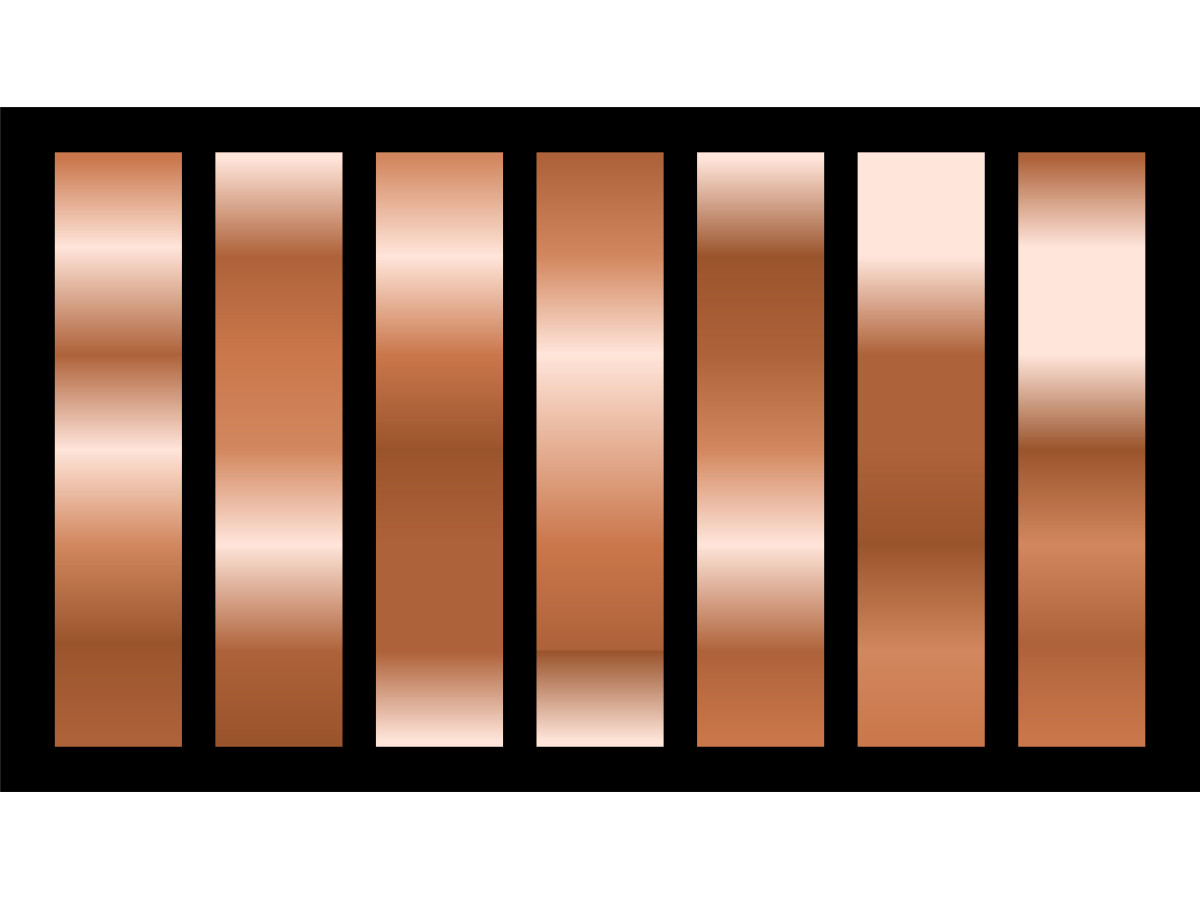Copper sheet is one of the most versatile and sought-after materials in modern manufacturing, construction, and design. However, obtaining a high-quality result requires more than just purchasing quality material—it is essential to process it correctly. In this article, we will reveal professional secrets and nuances of working with copper sheet that will help you achieve excellent results in any project.
First and foremost, it’s important to understand that processing copper sheet involves a whole range of technological operations, including cutting, bending, drilling, stamping, soldering, and decorative finishing. Each of these stages requires specific knowledge, skills, and appropriate tools.
What are the main stages of material processing?
Let’s start with the preparatory stage. Before beginning work, the copper sheet must be thoroughly cleaned of contaminants, oxides, and greasy residues. Professionals recommend using special degreasing agents or technical alcohol solution. It is crucial to remember that the cleanliness of the surface directly affects the quality of further processing and the final result.
Cutting the Material
Cutting this material is one of the most critical operations. The advantages of different methods for cutting copper sheet are:
- Mechanical Method involves the use of metal shears. This is the simplest and most accessible method. It does not require special equipment and can be done manually. However, this method is suitable only for thin sheets of copper and does not ensure high precision. Advantages: simplicity, accessibility, low cost.
- Plasma Cutting – a modern method that allows for clean and precise cuts. The plasma arc melts the material, ensuring fast cutting and minimal thermal impact. This method is relevant for cutting sheets of medium and large thickness. Advantages: high precision, speed, minimal thermal impact zone.
- Laser Cutting – one of the most precise methods. A laser beam is directed at the metal, melting it, allowing for complex geometric shapes with a high degree of detail. Laser cutting is best suited for working with thin sheets and creating prototypes.
- Waterjet Cutting – the most universal method, allowing for cutting materials of any hardness and thickness. A jet of water mixed with abrasive material cuts through metal under high pressure. This method does not cause thermal impact on the material, preserving its properties.
- Electrical Discharge Cutting – a method based on electrical discharge between an electrode and a workpiece. This method is applicable for both hard and brittle materials and allows for creating complex geometric shapes with high precision.
- Hand Cutting with an Angle Grinder – the most mobile and accessible cutting method. However, this method does not ensure high precision and may lead to burr formation.
When using mechanical cutting, it is necessary to use special shears with carbide inserts or blades with wear-resistant coatings. The cutting angle should be strictly perpendicular, without burrs or unevenness. Professionals recommend marking the cut line in advance with a marker or scribe, which allows for maximum accuracy.
Bending the Material
Bending copper sheet requires special attention and specific tools. There are several main technologies:
- Cold Bending on Professional Machines. This is the most common method. The copper sheet is placed in a machine where, under pressure, it takes the desired shape. This method allows for high precision and productivity.
- Bending on Dies and Molds. Used to create parts with complex shapes. The copper sheet is placed between the die and the mold, which form the required geometry. This method requires the fabrication of special tools.
- Manual Bending Using Special Vises. Suitable for small production volumes and simple shapes. The sheet is clamped in the vise and manually bent using a hammer or other tools. This requires a high level of skill from the worker.
- Heated Bending. Applied for materials of large thickness or complex geometric shapes. Before bending, the copper sheet is heated, which increases its plasticity and reduces the risk of cracking.
- Profiling on Roller Machines. Used for creating products with repeating profiles. The sheet is passed between rollers that give it the required shape.
Drilling and punching holes in the copper sheet also have their peculiarities. It is recommended to use drills with carbide tips or special coatings. The rotation speed should be low, and the feed should be smooth. To prevent metal delamination under the drill, it is advisable to place a wooden block underneath.

